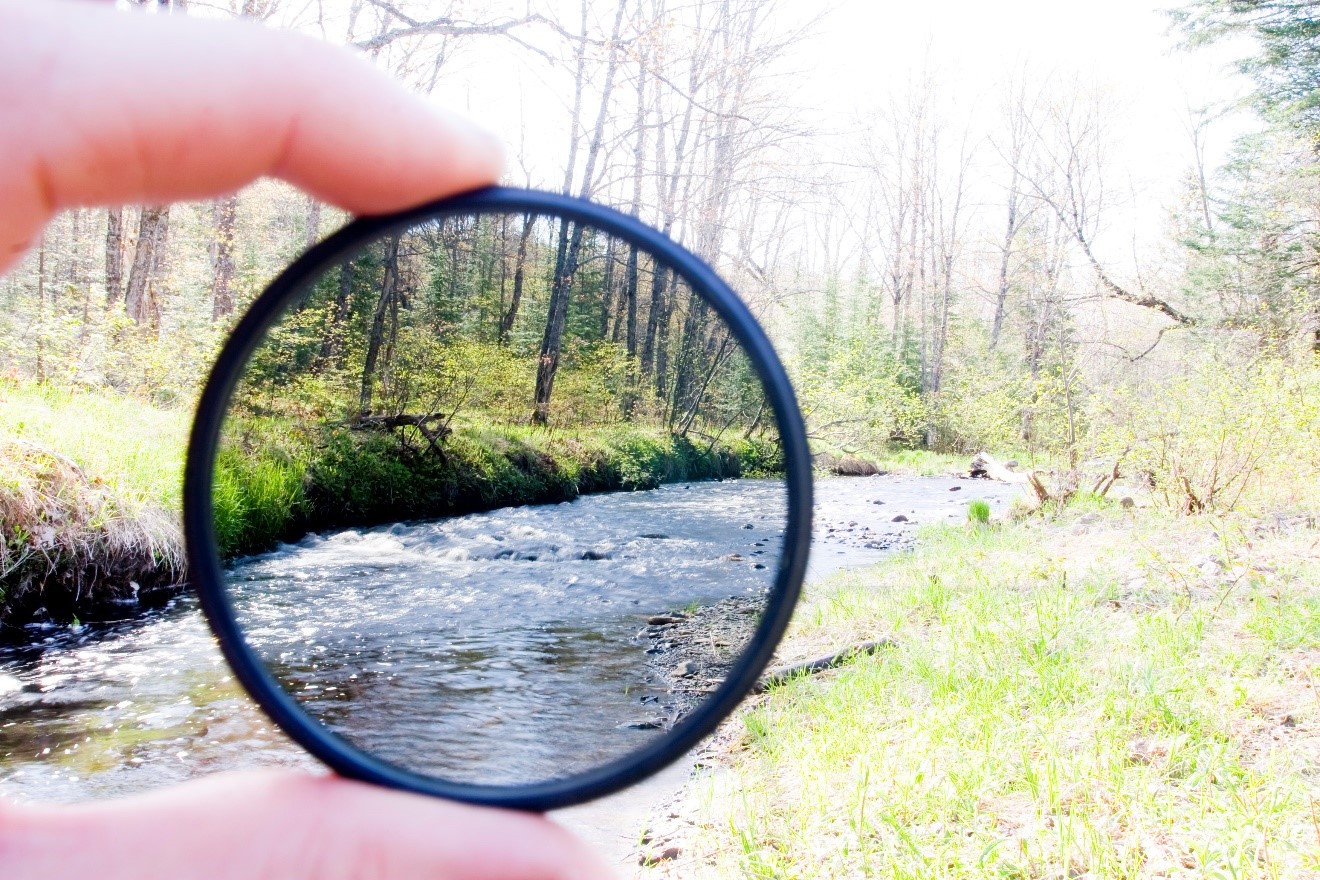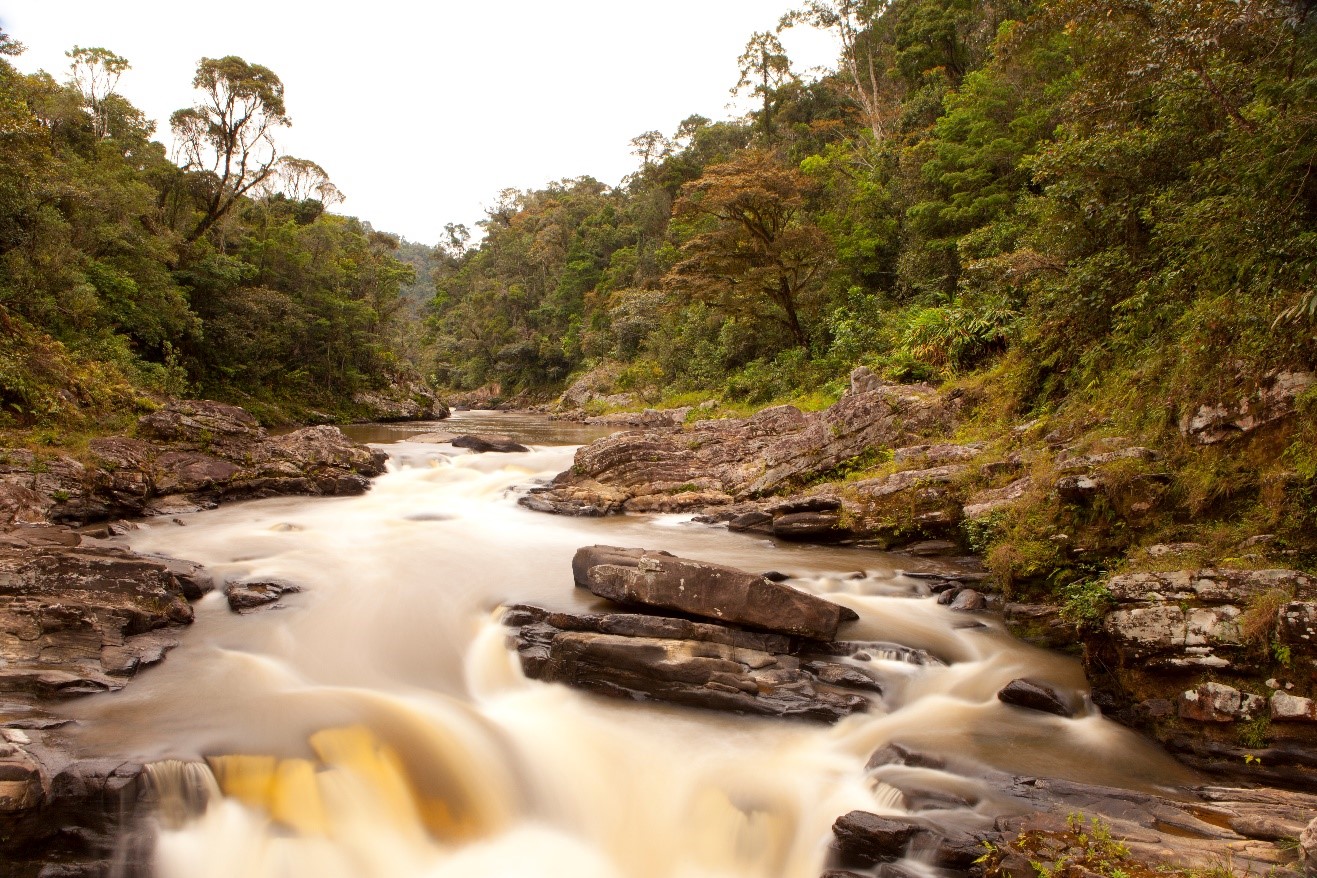
One of the Only Filters I Use
In an age where Photoshop, Lightroom, and other processing apps can do nearly everything we once relied on filters for, it’s key to know which filters are still useful in the digital age. While polarizers do have some use still, Neutral Density filters still hold a special place in my heart, as there are certain times you simply can’t get by without them.
When I use an ND Filter
The most common instance is when you’re photographing at slow shutter speeds in relatively bright conditions. Take the above example of a spectacular sunset in Madagascar—a destination known for its show-stopping sunsets.
What I was aiming to do was to take a long exposure photo of the shoreline, as the gentle tide laps on the shore, creating that lovely blurred-water effect and show a little motion in an otherwise tranquil scene. In order to do this, you must have a long exposure, and for this instance I wanted to go for 30 seconds–big and bold! However, in order to have your shutter open for this long, you must balance it out with a very narrow aperture (big aperture number) and low ISO. But what happens if you ramp all the way up to f/22 and ISO down to 100 and it’s still too bright? On most cameras and lenses, this is the limit. Generally, in full daylight conditions, you could get to maybe 1/10th of a second, but nowhere near 30 full seconds without way overexposing your photo.
Thus, the solution is to put the equivalent of sunglasses on your lens to literally dim down what the camera sensor is seeing.
I had to take this image from Wikipedia, so apologies that it’s not one of mine, but it perfectly illustrates what a Neutral Density filter does (aka ND for short).

Keep in mind, the vast majority of time you’re photographing during daytime, you’re wanting to shoot at fast shutter speeds (e.g., 1/50 sec and faster), normal ISOs (e.g., ISO 200-800) and typical apertures (e.g., f/2.8 to f/11). Using an ND filter only helps when you want to shoot at extremely slow shutter speeds with bright ambient light, which usually comes up when you’re trying to blur moving water at mid-day.

Another classic photo I often use for this demonstration is a river, also from a Madagascar Photo Adventure, that I shot at mid-day, at a shutter speed of 8 seconds. I already had to drop the ISO down to 100, and aperture up to f/16. Thus, if I were to shoot this slow, I HAD to use an ND filter.
How to Choose the Right ND Filter
When it comes to ND filters, you have a lot to choose from, and they typically are rated in “Stops.” For instance, you could buy a 2 stop, 4 stop, 6, stop, 8, stop, or 10 stop ND filter. These translate to the level of darkening. If you want to photograph something really slow (generally I consider this as 5 seconds and above) while really bright outside, you want to go on the stronger end, so at least 6 stops, and potentially 8. If you want to have your shutter open for minutes, better go for 10 stops and above. Generally I use a 6 stop, which is somewhat strong but still in mid-range. I rarely put a filter on if I can accomplish the same thing another way (like ramping up the aperture or scaling down the ISO).
Other uses of ND Filters
Sometimes you might want just a little darkening, to allow you use a shallow depth of field during bright conditions. Because you can often balance this out with a very fast shutter speed, to cut down on light (e.g., usually up to 1/8000th of a second) this is rarely an issue. But sometimes you may have an f/1.4 lens in extremely bright conditions and need just a little correction—hence potentially using a 2 stop or 4 stop ND filter for minimal correction.
This often comes up with videography, when you want to shoot at a wide aperture (small f/number) and a slightly slower shutter speed. With video, you generally want to shoot at a 1/30 or 1/60 shutter speed so that the resulting video looks fluid. And if you want to have a nice blurred background to your video, shooting at f/1.4 or f/2.8, all while in daylight conditions, you’ll likely need a mild to moderate ND filter to accomplish this.
So, I could probably go on for quite some time about other examples and other tidbits of advice, but I think this gets you a nice, concise idea of what’s going on with ND filters—one of the only filters I still carry with me on my various photo expeditions around the world.
If you have other examples you’d like to share, please do leave a comment below!
All the best,

Court
Leave a reply